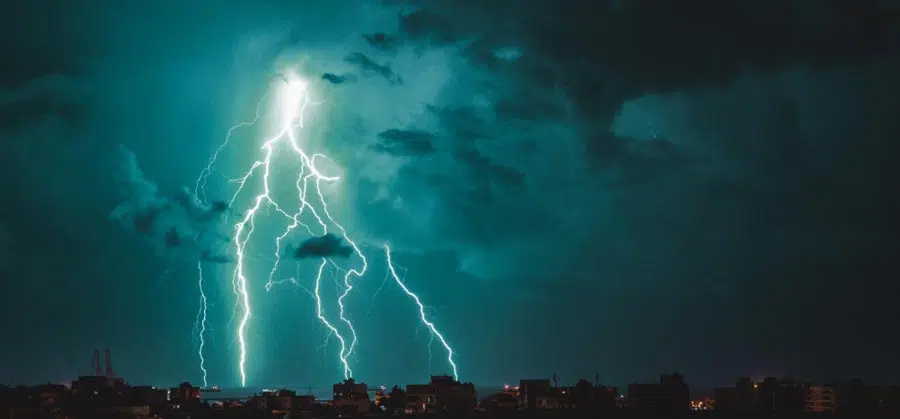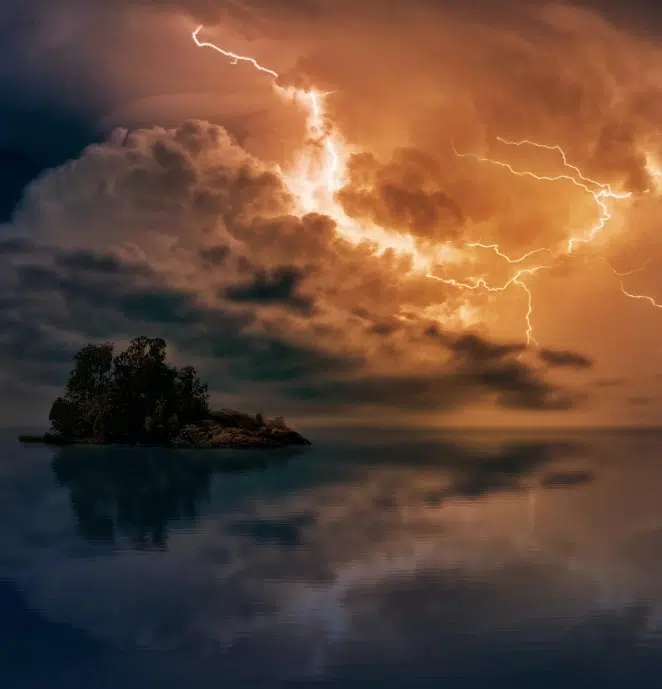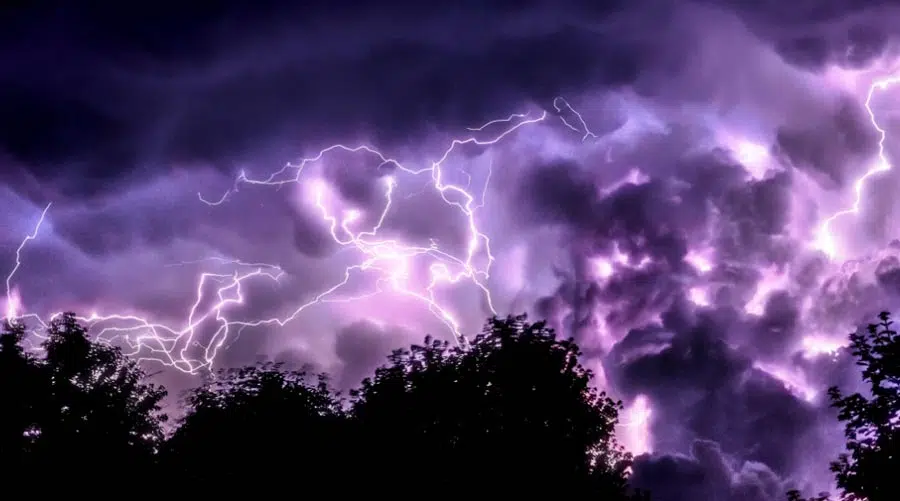Astraphobia
[/’θʌndəstɔːm/] n.Fear of thunderstorms
The fear of thunderstorms. Thunder and lightning are all rather frightening, and when it’s loud, there’s nowhere to hide.

The fear of thunderstorms. Thunder and lightning are all rather frightening, and when it’s loud, there’s nowhere to hide.
If you find yourself cowering at thunder, you don’t need to feel alone. There are 28,000 sufferers of astraphobia throughout the world, who find the loud noises and unpredictable nature of storms too much to handle.
In the USA, this phobia is present in 8,100 people. America is home to some pretty impressive weather, with everything from mild rumbles to full-blown hurricanes regularly hitting land. The UK is probably more famous for drizzly rain, but that’s still enough to frighten 1,900 people, while in Canada it affects 880 and in Australia only 40.
Weather is a worldwide phenomenon. It’s also a worldwide fear.
Astraphobia is rare for a phobia, in that both humans and animals can suffer from it. In animals, it displays as them hiding under the furniture, acting erratically and crying. In humans, it can cause sweating, raised heartbeats, crying and sickness
The fear is irrational as, in almost all cases, thunderstorms pose no threat to us. The only risk comes when you’re outside during one, but even then, unless you’re standing under a tree or holding a metal stick in the air, you’ll probably be ok.
Treatment for astraphobia includes both exposure therapy and meditation exercises. For example, you might find storms easier to deal with if you just experience lots of storms.



